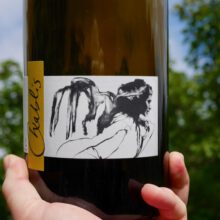
Product information
Domaine Pattes Loup Chablis Vent d’Ange AC Chablis 2018
$102
Description
It takes me back to making Chardonnay at Yering Station, and, Yarra Yering in the late 90’s early 2000’s. I’d already done a vintage at Yarra Yering in 1996 when I landed at Yering Station in 1998. I’d seen what was possible with a great vineyard picked at the right time and we pulled back picking points at Yering Station with great success. Then at Yarra Yering were volumes were limited to 5 barrels rather than 300, the play was on élévage. The reserve Chardonnay at Yering Station saw around 15month in barrel. Yarra Yering’s 15-18months. Dancing with the development of wine, controlled oxidation and time is a delicate game to play. You can only do it when you have fruit of quality, lesser fruit lacks the substance and the wine will fall apart in the process. For mine, the core of fruit must remain. As it does with Pico’s wine. There’s also something a little special that happens during the second winter in barrel, the wines harmonise, become seamless, the texture more refined. They can speak more easily to you. Ask the great makers of white burg in the Côte du Beaune and they’ll concur.
You have to recognise the expense of taking this path. Any period beyond about 11months is a luxury. Why? If you empty the barrels after 11months you can use them for the following vintage. If not you have to maintain 2 sets of oak and have a cellar twice the size, a considerable cost.
These two elements, level of ripeness, and, élévage are two areas Pico is focused on. They’re reflected in the glass. His ‘Vent d’Ange’, Angels Wind, is loaded with personality. There is an ever so slight oxidative twist to the wine, it is just a complexing factor, and, the fruit core is there on show. Delicious fruit it is. Mature flavours, not over ripe, while maintaining freshness with a lacing of saline acid. Great energy, full of personality, this is a seriously good wine you can enjoy now, beautifully composed. It draws you in, whispering to you ‘Drink Me! Drink Me!’.
Serving – The wine has some fine lees in the bottle. This is not an issue at all. In fact lees protects against oxidation. For optimal drinking I recommend standing for 24-48 hours with a twist of the bottle to loosen the lees and decanting or if coming straight from the cellar opening the bottle on its side, see film. Just stick the cork screw straight through the wax seal and it’ll break away.
Out of stock
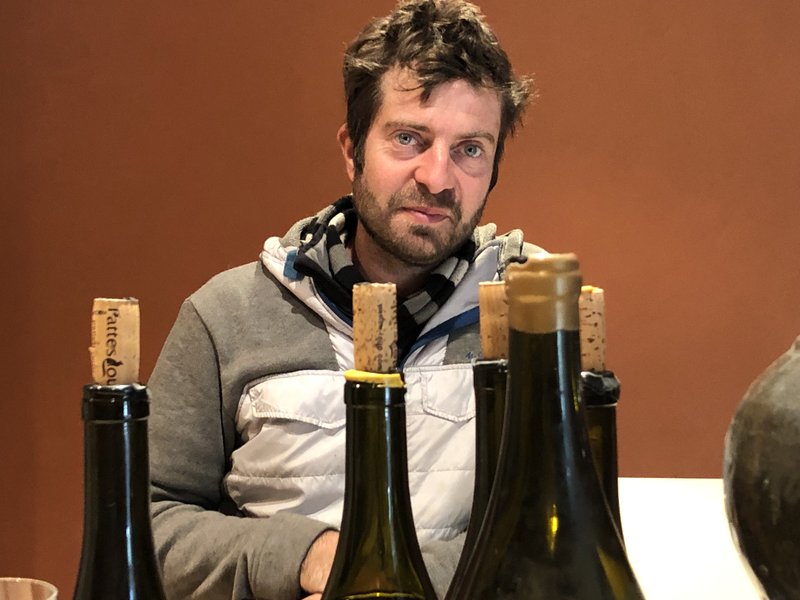
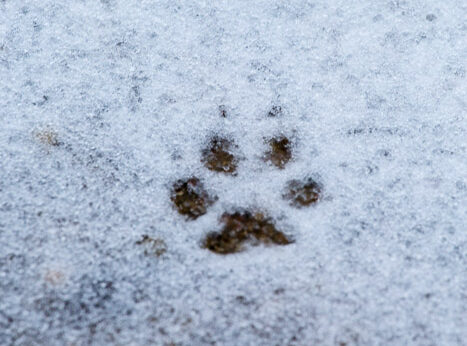







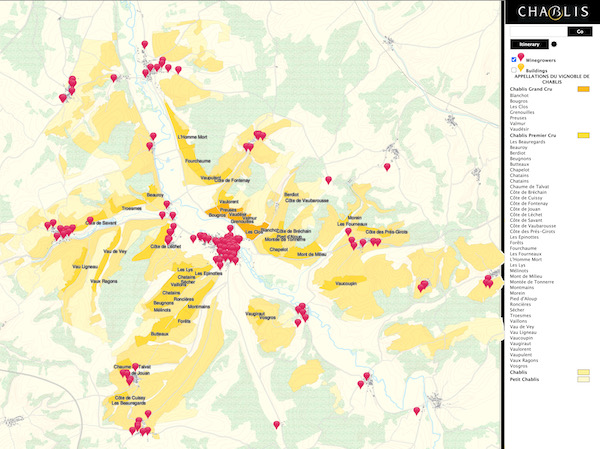
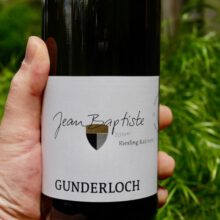
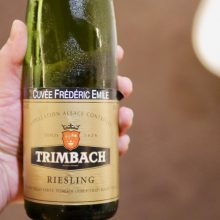
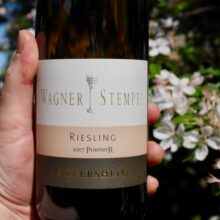
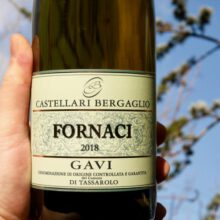
You must be logged in to post a comment.